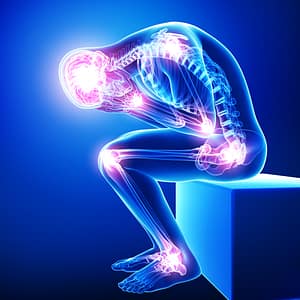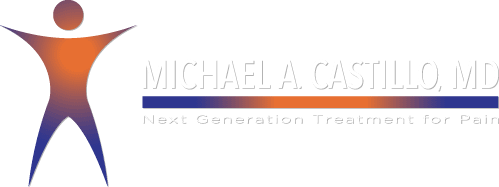What is Peripheral Neuropathy?
Think of peripheral neuropathy like static on a telephone line, both interrupt the sending of information. Peripheral neuropathy is a result of nerve damage in the peripheral nervous system. This damage causes a disruption of information from the brain and spinal cord to other parts of the body. It can occur following traumatic injuries, infections, metabolic problems, and exposure to toxins. Diabetes is a common cause of peripheral neuropathy. Symptoms can include muscle weakness, numbness, tingling sensations (paresthesia), loss of sensation, pain in the feet and hands. Pain sensations can extend into other parts of the body as well as.
Peripheral neuropathy can affect motor nerves (muscle control), sensory nerves (sensations), or automatic nerves (that control heart rate, breathing, or body temperature). In chronic forms of it symptoms develop subtly and progress slowly. Many people even feel periods of relief from numbness and tingling in feet and hands, followed by relapses. In the most common forms of peripheral neuropathy, nerve fibers distanced further from the brain and spinal cord, like in the feet, malfunction first.

Peripheral Neuropathy can affect motor nerves, sensory nerves, or automatic nerves.
What are Common Treatments?
There are no medical treatments that cure peripheral neuropathy. But there are many treatments that can control and limit the pain from it. Controlling the underlying cause of your neuropathy is one goal of treatment. Often if the underlying cause is corrected it improves on its own. The other goal of treatment is relieving the painful symptoms.
- Some medications used to relieve it pain include: pain relievers (anti-inflammatory, and opioids), anti-seizure medications, immunosuppressive medications, capsaicin, lidocaine patch, and antidepressants.
- Transcutaneous electrical nerve stimulation (TENS) may help relieve symptoms. Adhesive electrodes are placed on the skin and gentle electric current is delivered through the electrodes at varying frequencies.
- Cold Laser Therapy may help treat neuropathy by using the energy of the light to heal the nerve tissue.
- Intrathecal Pain Pump Therapy can help manage neuropathic pain by delivering medication directly to the source of pain within the spine.
Other Health Habits to Help
Adopting healthy living habits, maintaining weight, diet and exercise, correcting vitamin deficiencies, quitting smoking, and limiting alcohol can reduce peripheral neuropathy. Different types of exercise can reduce cramps, improve muscle strength, and prevent muscle deterioration in paralyzed limbs. Maintaining a healthy diet can improve gastrointestinal symptoms. Neuropathic symptoms can be intensified do to smoking. Smoking can constrict blood vessels supplying nutrients to peripheral nerves, so it’s important to quit.Lorem ipsum dolor sit amet, consectetur adipiscing elit. Ut elit tellus, luctus nec ullamcorper mattis, pulvinar dapibus leo.
 Skip to content
Skip to content
